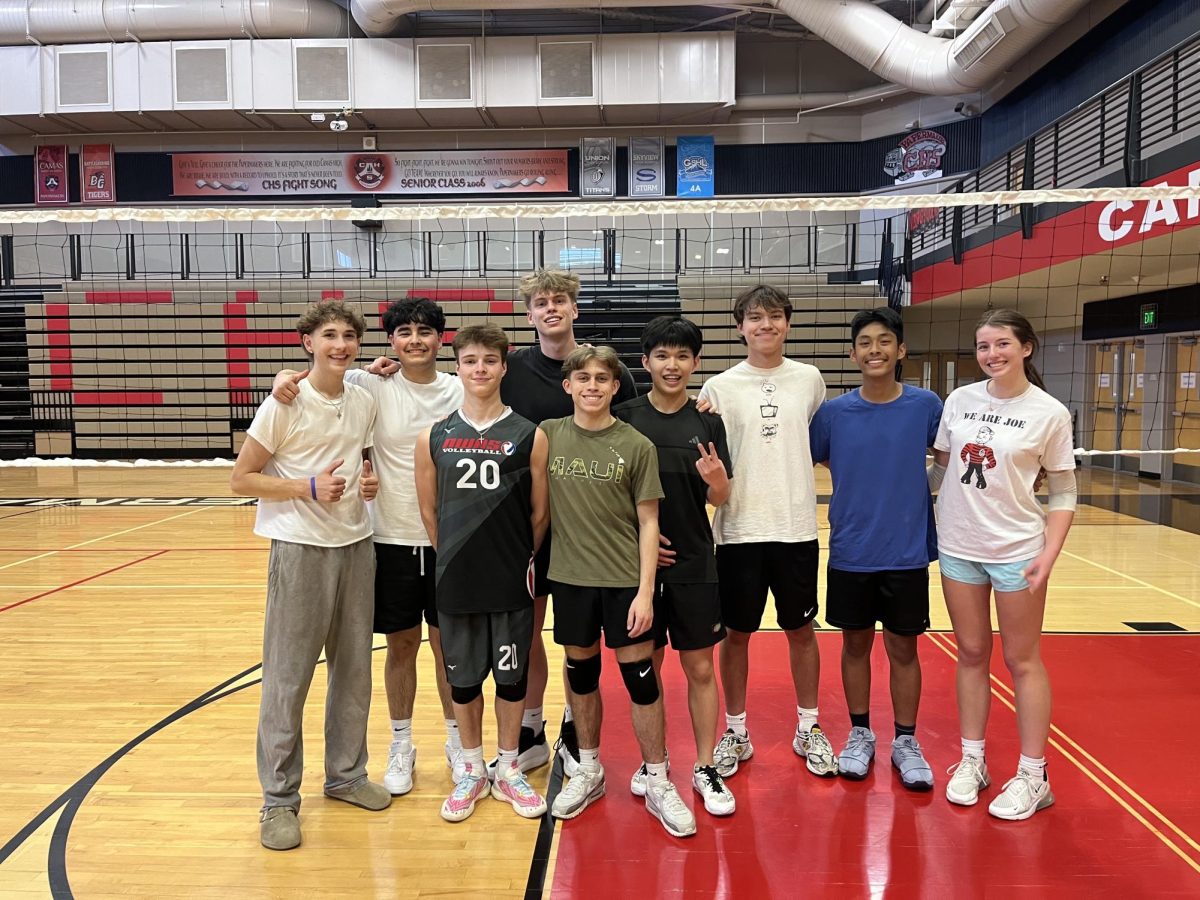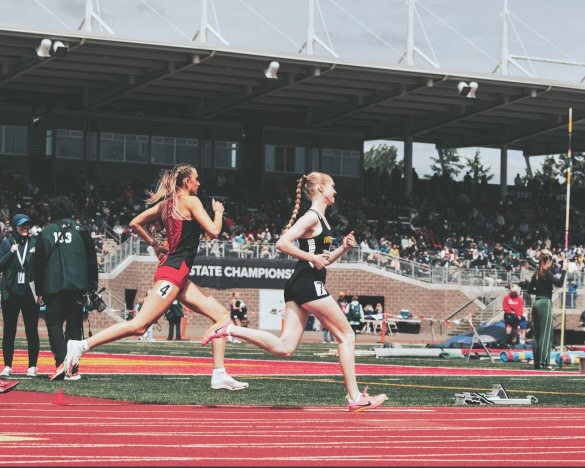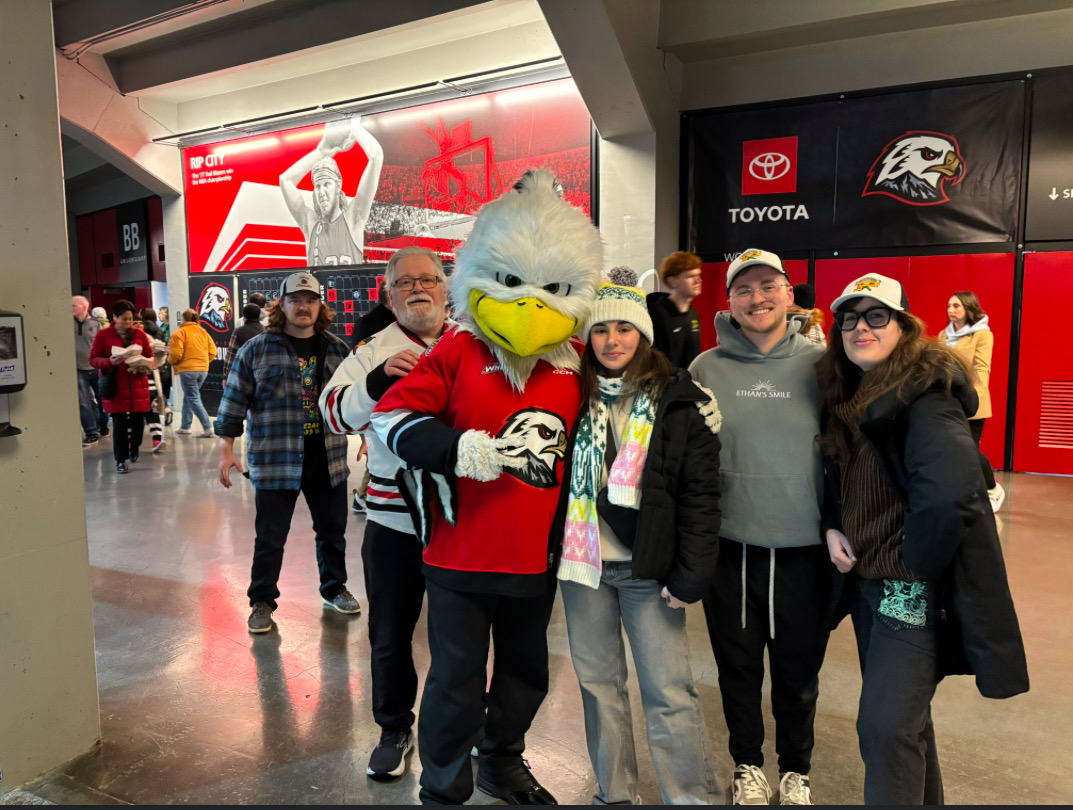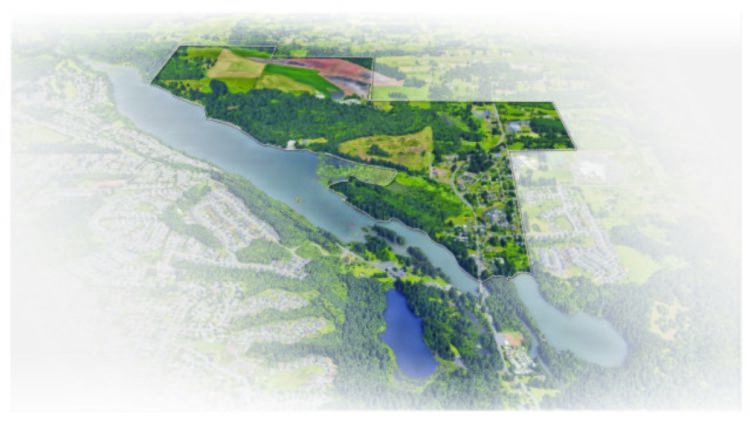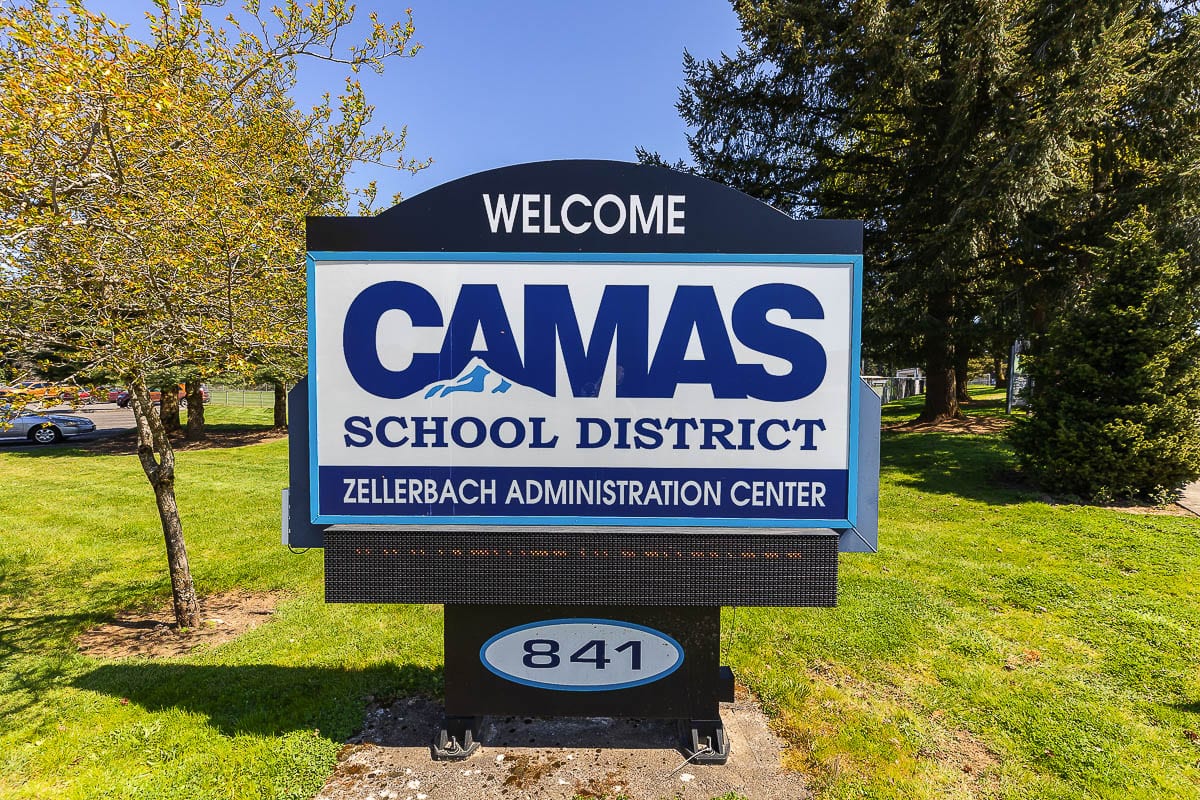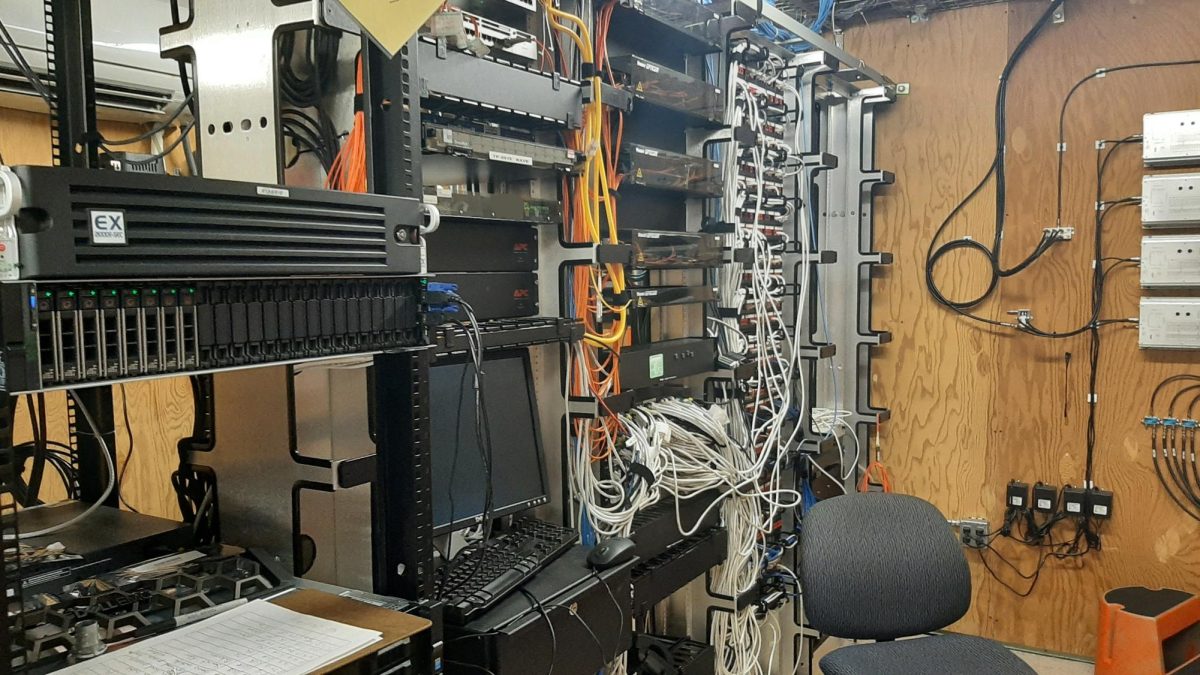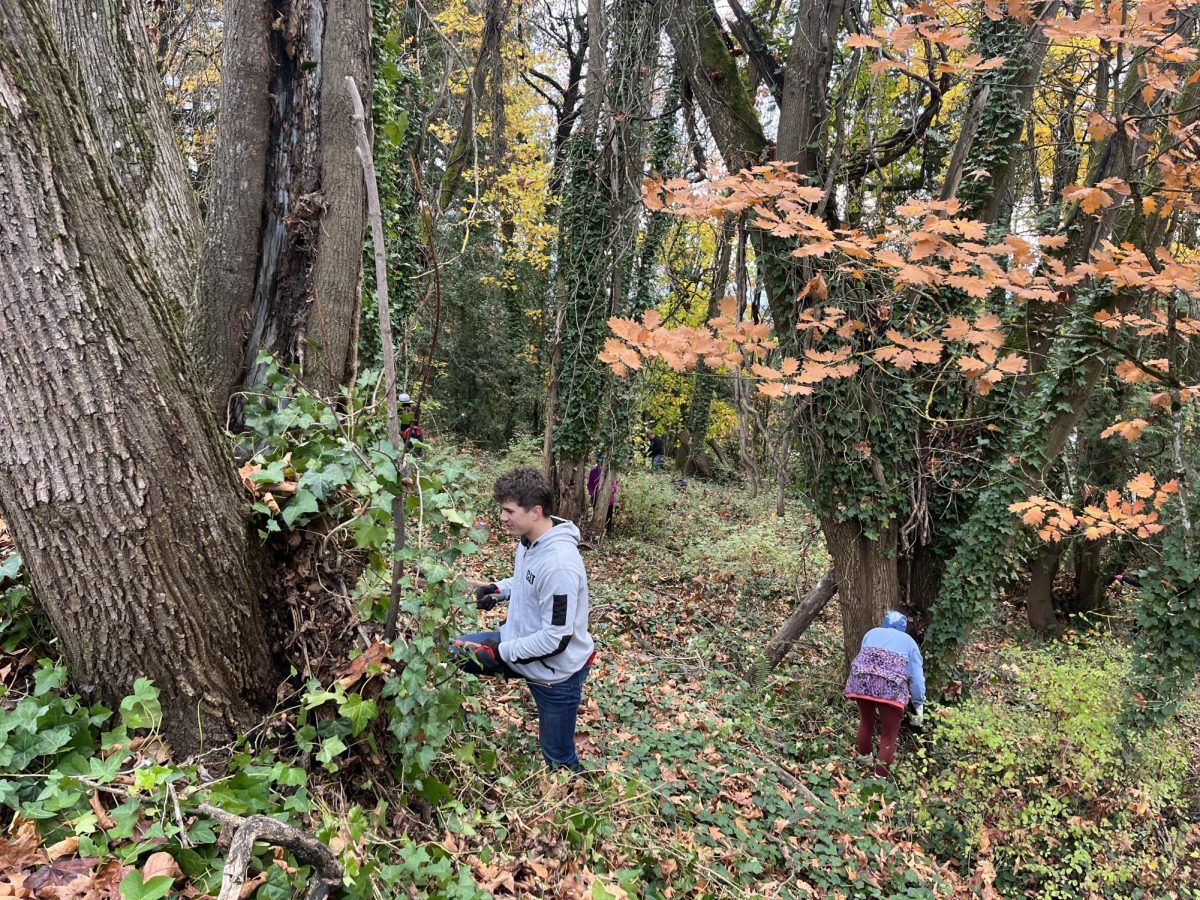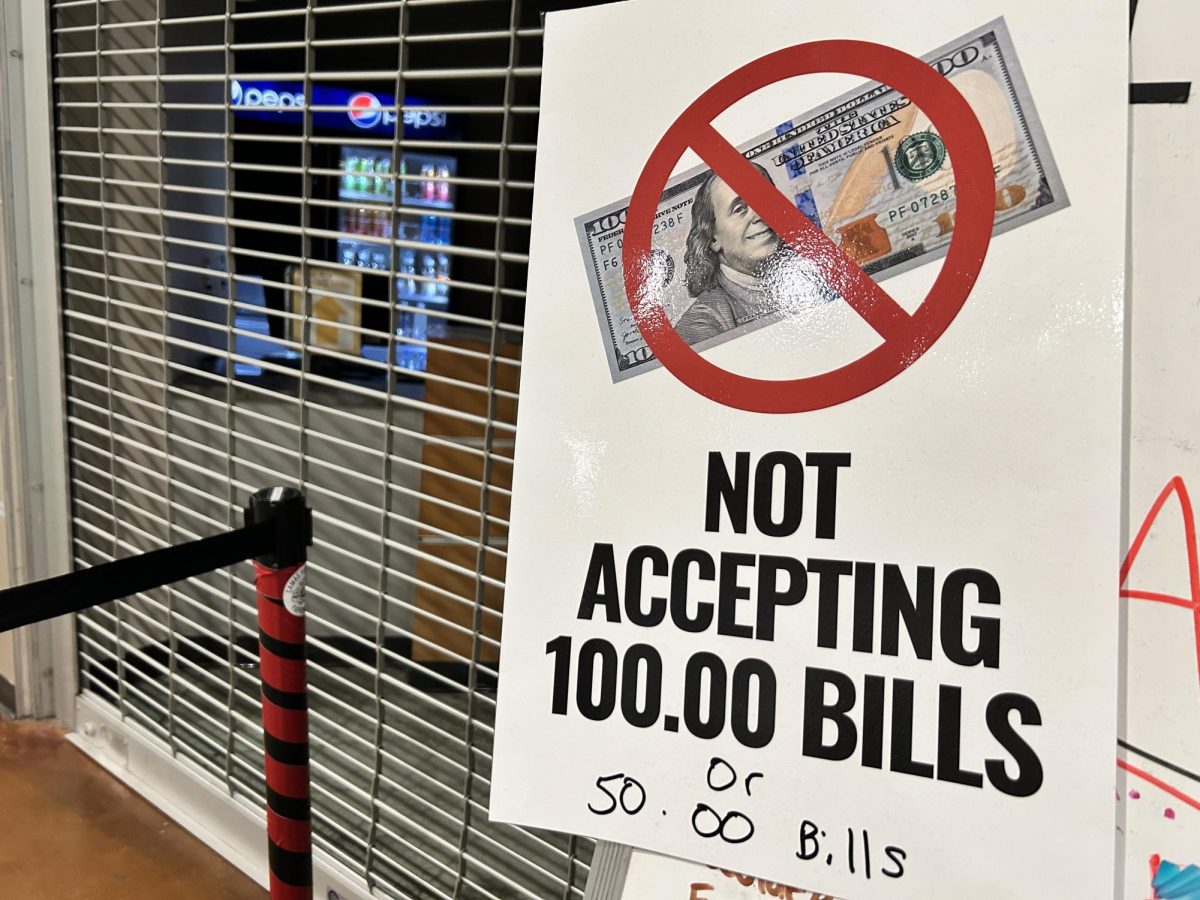What is Happening on the North Shore of Lacamas Lake?
Based on growth rate of 1.26% a year in Camas, the projected population will reach 34,098 by the year 2035. The City of Camas has already begun looking for an answer to this future dilemma, and have come up with a solution called the North Shore Subarea Plan. The planning process asks community members to identify their vision for the North Shore Subarea in the next 20 years, and the plan will outline a path to achieve those goals. The plans and visions for the city of Camas in the future can be found in the City’s comprehensive plan, Camas 2035,
Sarah Fox, Senior Planner for the City of Camas, told a packed house at the Lacamas Lake Lodge on November 21st, “It’s all about understanding and looking forward, not just looking backwards, but understanding how we got here.”
The first forum was held to inform citizens about the area and to receive feedback from the community. The speakers at this event emphasized that the plan is reliant on the visions of community members.
Before the main presentation began the City of Camas Planning Manager, Robert Maul, said, “Everybody will have a chance to speak, everybody will be able to hear the questions, and hear the answers.”
According to the Camas North Shore Frequently Asked Questions document, “the plan area will generally include the North Shore land in the Johnson Dairy area that was annexed into the city in 2007 through Ordinance 2511, as well as the Bridge Village area that includes existing commercial and residential land on either side of Everett Street north of the Everett Street (State Route 500) bridge.”
The desired area is approximately 800 acres of land generally bound by city limits to the north, Lacamas Lake to the South, Northeast 232nd Avenue to the west, and Everett Street to the east. The public owns 270+ acres of this territory and the rest is privately owned.
A subarea plan is an optional element of a city’s comprehensive plan. Reasons for creating a subarea plan include: crafting a unique vision and guidelines for the specific area of the city. The planning process helps the city to gain a better understanding of community concerns and provides an outline for future development.
A key component of this whole process is the Growth Management Act, which was adopted in 1990.
“Suburban development was going crazy all over the state in the 1990’s and we had huge growth, about a 40% growth rate in Clark Country alone. Our leaders were losing farmland, they were losing open space, and there was a lot of what they considered uncoordinated development. The Growth Management was seeking to solve some of that by better coordinating growth,” said Fox.
According to the slideshow presentation given on November 21st, “there are 14 goals that must be addressed in the city’s plan, and the plans must be reviewed and revised every eight years.”
Under the Growth Management Act in Washington State, cities and counties are required to manage growth by identifying and protecting critical areas and natural resource lands.”
There are two phases to the North Shore Subarea Plan, and phase 1 is currently underway.
“The first phase is all about outreach, and who wants to be really involved,” said Fox.
It started last August and will end this upcoming December, with its main focus to establish a vision and guiding principles through the outreach of community members and stakeholders. Phase 2 of the plan will start in January 2020 and go to the following November.
Fox said, “The second phase is going to be looking at the information we gathered. We have a consultant that will work on finding what business would be likely to go in this area.”
During this phase the land use and transportation alternatives will be prepared, and a technical advisory committee will form and meet monthly to discuss drafts.
The overall goal of this project is to come up with a plan that supports diversity and economic development in the North Shore Subarea. The City hopes that this area one day will provide a range of housing choices, shops and services, transportation options, and public and park spaces. Some other goals of the plan are to preserve land and industry to support economic development opportunities and family-wage jobs, while protecting natural areas and safeguarding the viability of economic resources.
Most Camas residents go into Vancouver to go grocery shopping or run errands, and the City desires to change that.
Fox said to the crowd, “The important part about the 192nd Avenue corridor is that almost all of our citizens shop there. That’s where the Costco is, that’s where all our major shopping happens. All of those retail dollars go to the City of Vancouver, not Camas.”
There have already been several opportunities for the community to get involved in the planning process of this project. To stay informed about upcoming events, check out the Community Outreach section at http://www.camasnorthshore.com/community-outreach/.
Featured Image by Camas Post-Record.















